Discover the alarming scale of plastic pollution, from its exponential growth since the 1950s to its devastating impact on our environment, oceans, and wildlife. Explore the staggering statistics, such as the presence of 5.2 trillion pieces of plastic debris in the ocean and the harmful effects on marine life. Learn about global efforts, including bans and cleanup initiatives, aimed at addressing the plastic waste problem. Understand the urgent need for widespread awareness, education, and government action to combat plastic pollution and protect our planet for future generations.
Plastic usage has created one of the biggest environmental threats to our planet. Since the beginning of the plastics industry in the early 1950s, the use of this material has exploded. We call it a plastic’s town in the USA. Human has created around 8.3 billion tonnes of plastic since then. But the plastic waste produced between 1950 and 2015, only 9% was recycled.
Instead of being recycled, the plastic ends up in landfills, oceans, waterways and our food most of the time. It is estimated, that there are 5.2 trillion pieces of plastic debris in the ocean. The number is increasing by around 13 million metric tons of plastic every year. That’s the equivalent of one garbage truckload worth every minute. Ocean currents caused some of this to collect in the Great Pacific Garbage Patch. An accumulation of trash, which covers around 1.6 million square kilometres of area, is twice the size of Texas or three times the size of France, and it gets worse.
People use approximately 500 billion single-use plastic bags per year, about 150 bags a year/per person often worldwide. They can only be used once and then thrown in the bins. All they end up as little in parks, and even in DC, such amounts of plastic waste have a devastating effect on marine life. Plastic waste is estimated to kill 100,000 marine animals and 1 million seabirds annually. But that’s not the worst of it. Plastic waste can take decades or centuries to decompose fully. But it more quickly breaks down into micro-plastics. These are tiny pieces of plastic less than five millimetres in length. According to the US National Oceanic and Atmospheric Administration, these microplastics are now found in every part of the food chain, from salt to drinking water.
Governments have finally begun taking action against plastic waste. Canada is moving ahead with a plan to reduce plastic waste. From now, pharmacies like this one will no longer be able to hand out these small single-use plastic bags to clients. Wanda seems determined to lead the way to a world without plastic bags. One country in Latin America has set a goal to eliminate all single-use plastics by the year 2020. In January 2020, China, one of the world’s most significant users of plastic, is banning the usage of non-biodegradable bags in major cities by the end of 2020, and in all cities, by 2022. The country also forbade the restaurant industry from using single-use straws by the end of 2020. It is because China has a garbage problem at its largest. The rubbish dump filled up 25 years ahead of schedule in March 2019. The European Parliament has voted to ban single-use plastic cutlery, cotton buds, straws and stirrers. Plastic straws, stirrers and cotton buds could be banned in England. The ban came into effect 2021 in all. European Union member states also say that plastic bottles should be made of 25% recycled content by 2025, and 90% of them should be recycled by 2029. Canada also announced it would ban single-use plastics by 2021. In early 2021, Canada will ban harmful single-use plastics from coast to coast. It was revealed that the country recycles only 10% of its plastic. In the meantime, several African nations, such as Tanzania, have implemented strict plastic bag bans, and Africa is leading the way in banning single-use plastic. Tanzania has also extended its ban to tourists if you are listing the country. Any plastic bags you have will be confiscated at the airport.
In addition to the ban, many efforts are underway to clean up the plastic debris from our oceans. One such step is called “the ocean cleanup“. It is a non-governmental organization based in the Netherlands. It is working to develop ways of removing plastic pollution from the oceans. The ocean cleanup claims to be running the largest-ocean cleanup in history and aims to remove 90% of ocean plastic pollution. It is a very lofty goal and could make a real difference. Six months ago, the organization announced that its latest ocean prototype system called double-o 1/B (001/B) System 001/B had started collecting plastic debris from the ocean. The system uses the natural forces of the ocean, to passively catch and concentrate plastic. The organization is also working on a newer system called system double-O2 (002) System 002. The ocean cleanup will be a full-scale cleanup system. It is capable of enduring and retaining the collected plastic for long periods. This is some much-needed good news in a sea of rubbish. With the bands expanding around the globe and efforts to clean up the oceans well underway, we begin to see some improvement in our plastic problem. But this will only really be solved once we have stopped using some types of plastics altogether. Will we be able to reverse the damage caused by plastic waste; only time can tell. The point of our concern is that Pakistan is not on the list of countries that fights against plastic pollution. Our nation is not ready to quit plastic usage. Our government should start a campaign on a large scale to educate people. People should refrain from plastic and free our globe from this deadly chemical as soon as possible. Government authorities should take serious steps and learn from other countries how they tackle plastic pollution.
(The statistics period is April 2020).
Plastic Roads: Environmental-Friendly Solutions – Pakistan Desk Net

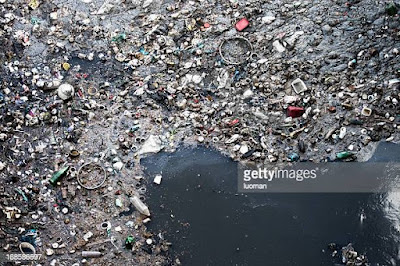
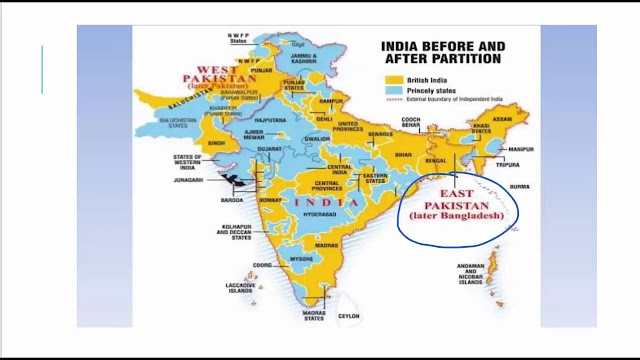
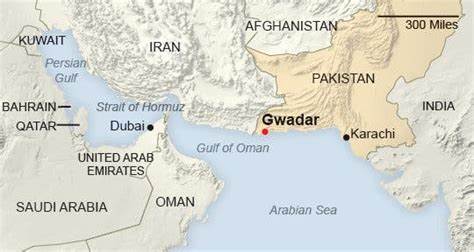
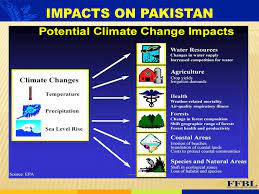
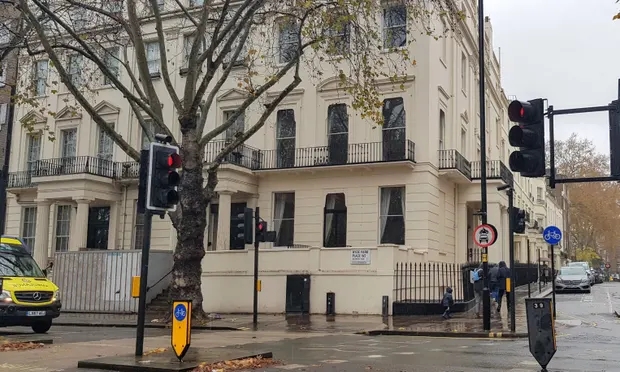
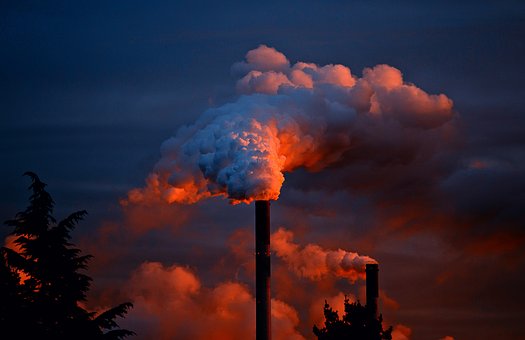

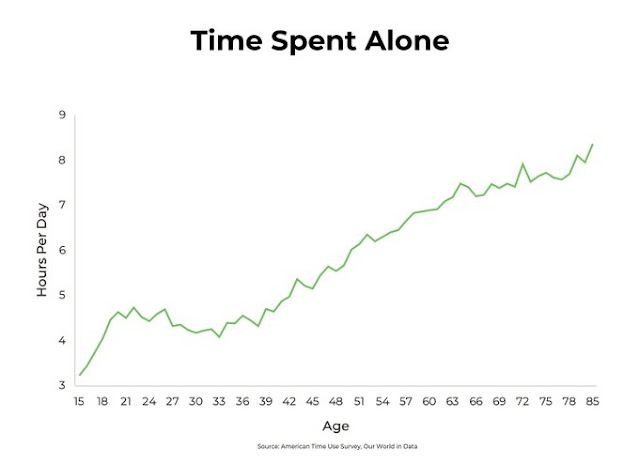


One Comment